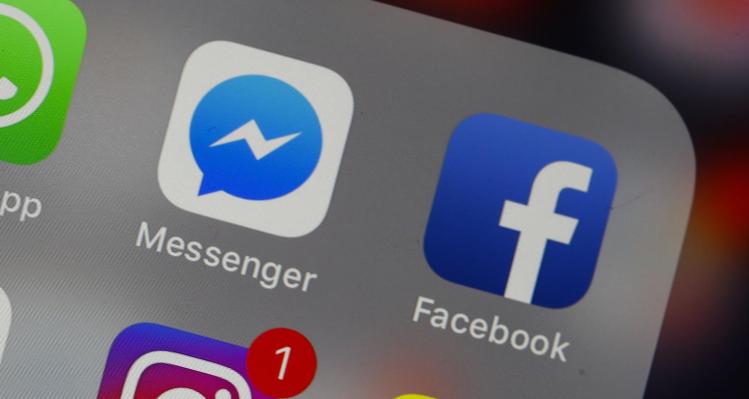
Apple has added an additional pop-up screen where users can confirm that they want to pay for recurring app subscriptions. Once users download apps that require subscriptions or tap on the in-app subscription options, the pop-up will show up after the initial Face ID or Touch ID confirmation screen.
The “Confirm Subscription” menu explains to users that the subscription will continue unless they cancel in Settings. It’s useful information to know, especially since most apps lure users by offering free trials, and users may be unaware that their cards are still being charged after the trial ends. The feature was first spotted by developer David Barnard on Twitter.
Whoa! Apple added an additional confirmation step for subscriptions. This new alert comes after you confirm with Touch ID/Face ID. I hope they address this in a more elegant way in iOS 13, but I’m thrilled Apple took a definitive step to curb scam subscriptions. @pschiller pic.twitter.com/oktaEVdx0o
— David Barnard (@drbarnard) April 11, 2019
The update is part of Apple’s ongoing effort to make in-app payment options more transparent. In January, the company began requiring app subscriptions to show the full cost to users before signup to crack down on misleading in-app subscriptions.
The feature will also be useful for cutting down on scams for Touch ID phones, where an accidental tap of the home button could trigger a fingerprint scan to confirm purchases. Some fitness apps have been tricking users into making in-app purchases while getting their fingerprint scans for “fitness tracking data.” The new pop-up screen can serve as an extra layer of protection against bad actors.
https://www.theverge.com/2019/4/12/18307785/apple-ios-subscription-confirmation-scam-accidental-purchases
2019-04-12 16:05:31Z
52780266613106




